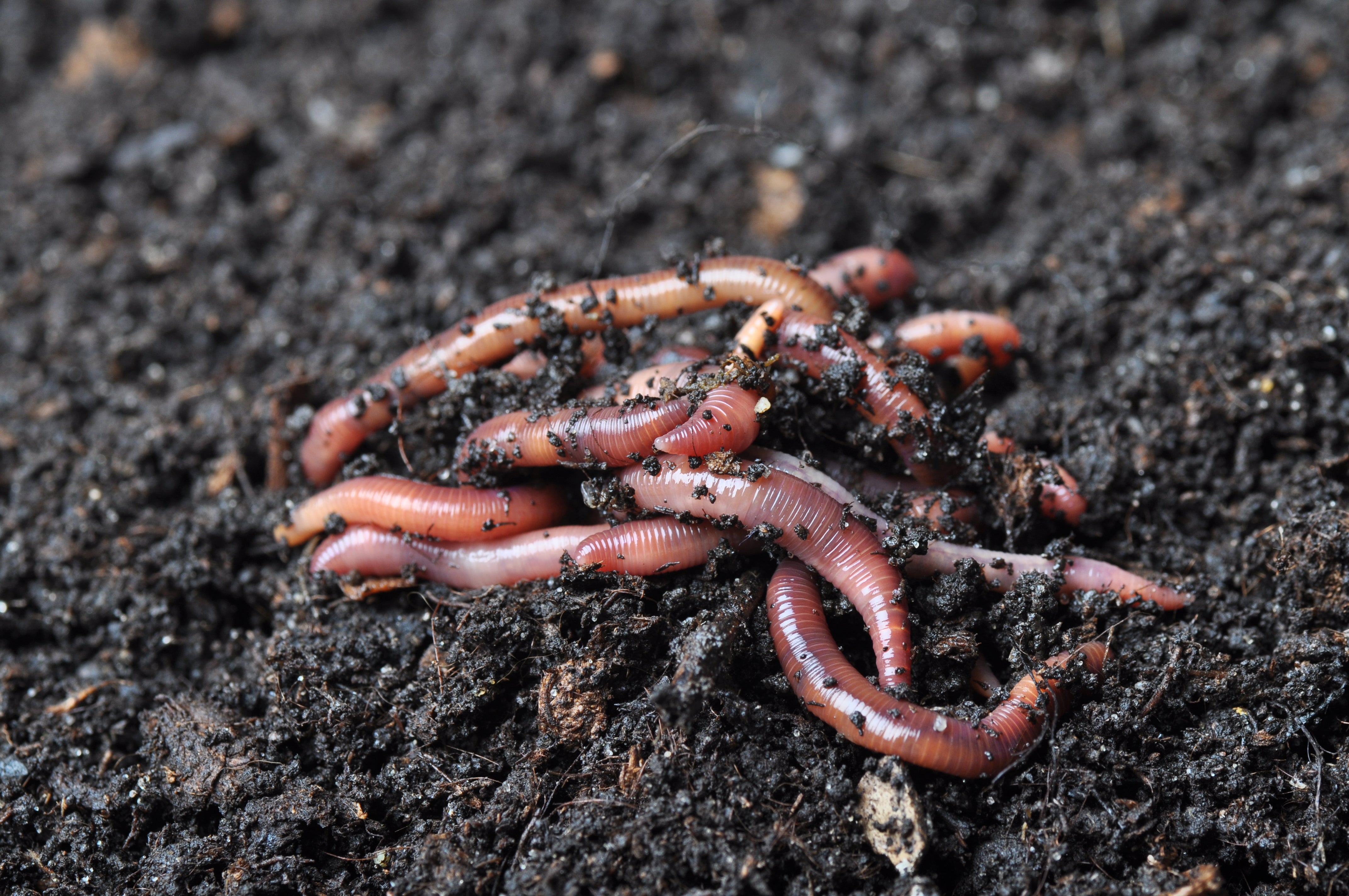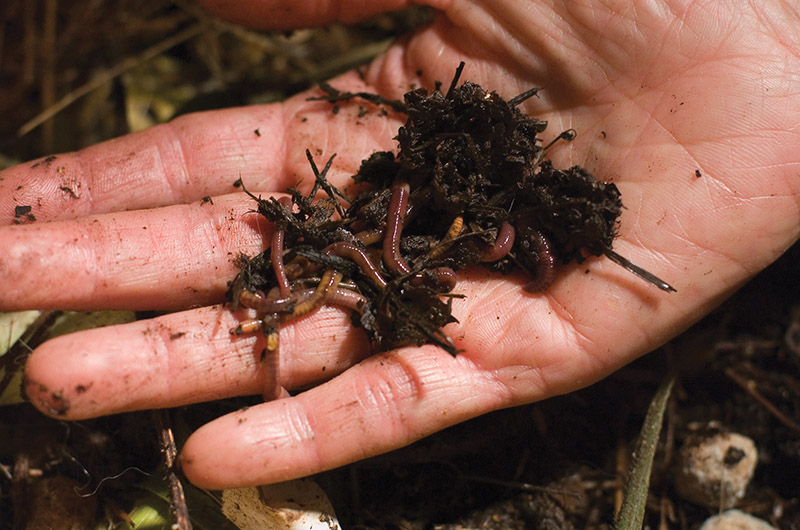Red wigglers: For organic gardening
Utilizing Red Wigglers for Efficient Organic Garbage Disposal
These worms not just enhance waste decay however additionally yield useful worm castings, which can substantially boost soil health. Comprehending the subtleties of establishing up an effective worm container and keeping an optimal habitat is important for optimizing their advantages.
Advantages of Making Use Of Red Wigglers
One of one of the most engaging benefits of making use of red wigglers for natural waste disposal is their remarkable effectiveness in composting. These worms, medically known as Eisenia fetida, are particularly adapted for breaking down organic materials, enabling them to process waste approximately two times their body weight daily. This quick disintegration not just increases the composting procedure yet also creates nutrient-rich worm castings that considerably improve soil quality.
Additionally, red wigglers contribute to a decrease in garbage dump waste. By diverting organic materials from land fills, they aid decrease methane exhausts-- a powerful greenhouse gas. This eco-friendly advantage is vital in the battle against climate adjustment.
Furthermore, red wigglers are low-maintenance and can flourish in different settings, making them obtainable for both amateur and experienced composters. Their capacity to duplicate promptly makes sure a stable population, facilitating recurring waste processing.
Establishing Up Your Worm Container
Producing an effective worm container is necessary for maximizing the advantages of composting with red wigglers. The initial step is selecting a suitable container. A bin constructed from plastic or wood, with an ability of 10 to 20 gallons, is suitable. Make sure the bin has sufficient drainage openings to avoid excess dampness, as red wigglers prosper in a damp however not soggy atmosphere.
(Hickory)Following, prepare the bed linens product, which serves as the worms' habitat and food source. The container must be put in a dark, temperature-controlled location, preferably between 55 ° F and 77 ° F, to maintain worm task.
When the bin is established up, introduce the red wigglers, permitting them to acclimate to their brand-new environment. A properly maintained bin will certainly not only sustain the health of the worms but additionally assist in efficient decay of natural waste.
(Lake James Worms)
What to Feed Red Wigglers
An understanding of the proper diet plan for red wigglers is important for maintaining a healthy and balanced worm populace and enhancing composting efficiency. These things not just supply vital nutrients but also add to the wetness balance within the worm bin.
It is important to avoid certain foods that can damage the worm population. Red wigglers should not be fed meat, milk products, oily foods, or refined products, as these can attract parasites and produce unpleasant smells. red wigglers. Furthermore, citrus fruits and spicy foods need to be minimized, as their level of acidity can be harmful to worms
Monitoring the worm bin for food intake prices will certainly help make sure that red wigglers are obtaining a sufficient diet regimen while keeping an efficient composting environment. Appropriate feeding techniques are important for promoting a growing ecosystem within the worm bin.
Preserving Your Worm Environment
A well-kept worm environment is crucial for the wellness and performance of red wigglers. To make certain optimum problems, it is critical to check temperature level, dampness, and oygenation within the worm container (red wigglers).
A good guideline of thumb is to maintain dampness at around 70% to 80%. If the bedding becomes also wet, it can lead to anaerobic conditions that are damaging to the worms.

Using Worm Castings in Gardening
Rich in nutrients and useful microbes, worm spreadings function as a phenomenal natural fertilizer for horticulture. Generated through the digestive processes of red wigglers, these castings have an array of important nutrients, including nitrogen, phosphorus, and potassium, which promote robust plant growth. Unlike synthetic plant foods, worm spreadings use a slow-release mechanism, making sure that nutrients are offered to plants over an extended duration, consequently reducing the threat of nutrient leaching and soil depletion.
In enhancement to nutrition content, worm castings enhance dirt structure and oygenation, enhancing moisture retention and water drainage. The microbial life existing in worm castings assists to suppress virus and promotes a healthy and balanced soil ecosystem, more benefiting plant wellness. When integrated right into the dirt or used as a leading dressing, worm spreadings can considerably enhance seed germination rates, origin advancement, and general plant vigor.
For optimum results, garden enthusiasts should use worm castings at a rate of 1-2 inches per square foot, blending them right into the soil or including them into potting blends. In general, making use of worm castings is a green method to description improving dirt fertility and guaranteeing growing garden settings.
Conclusion
